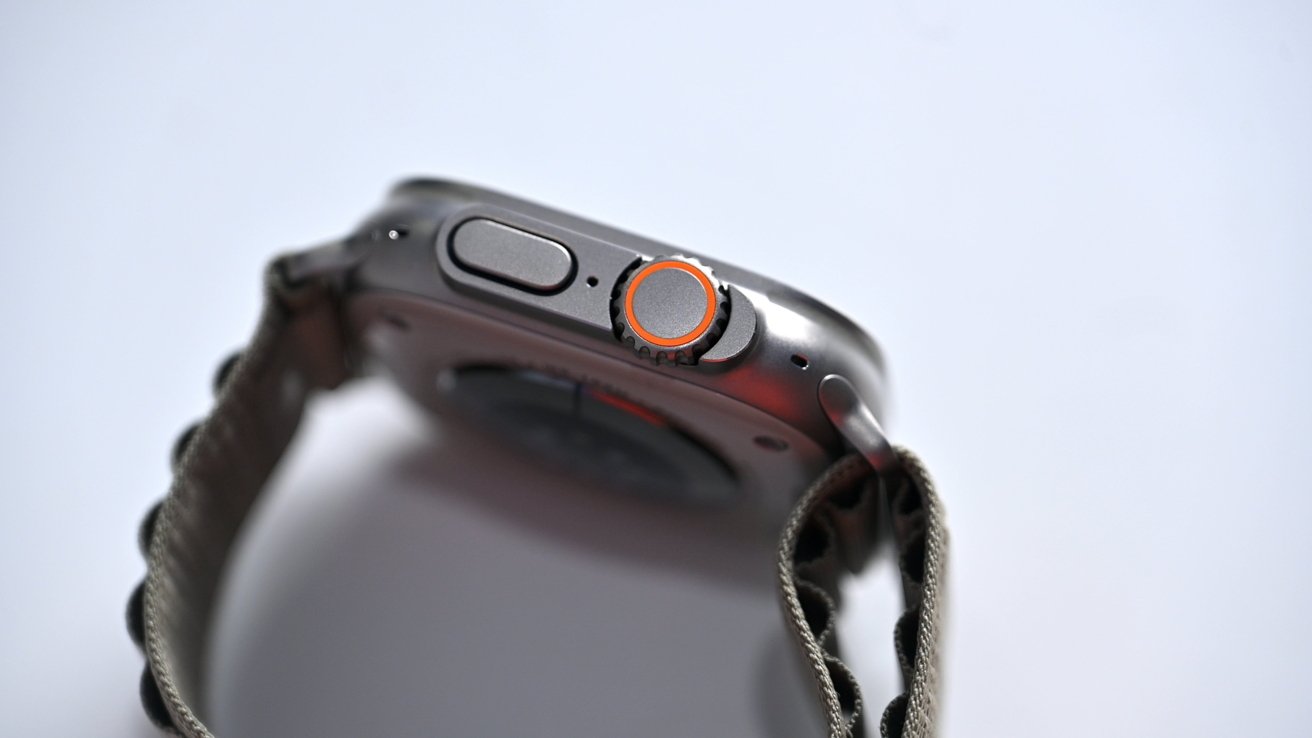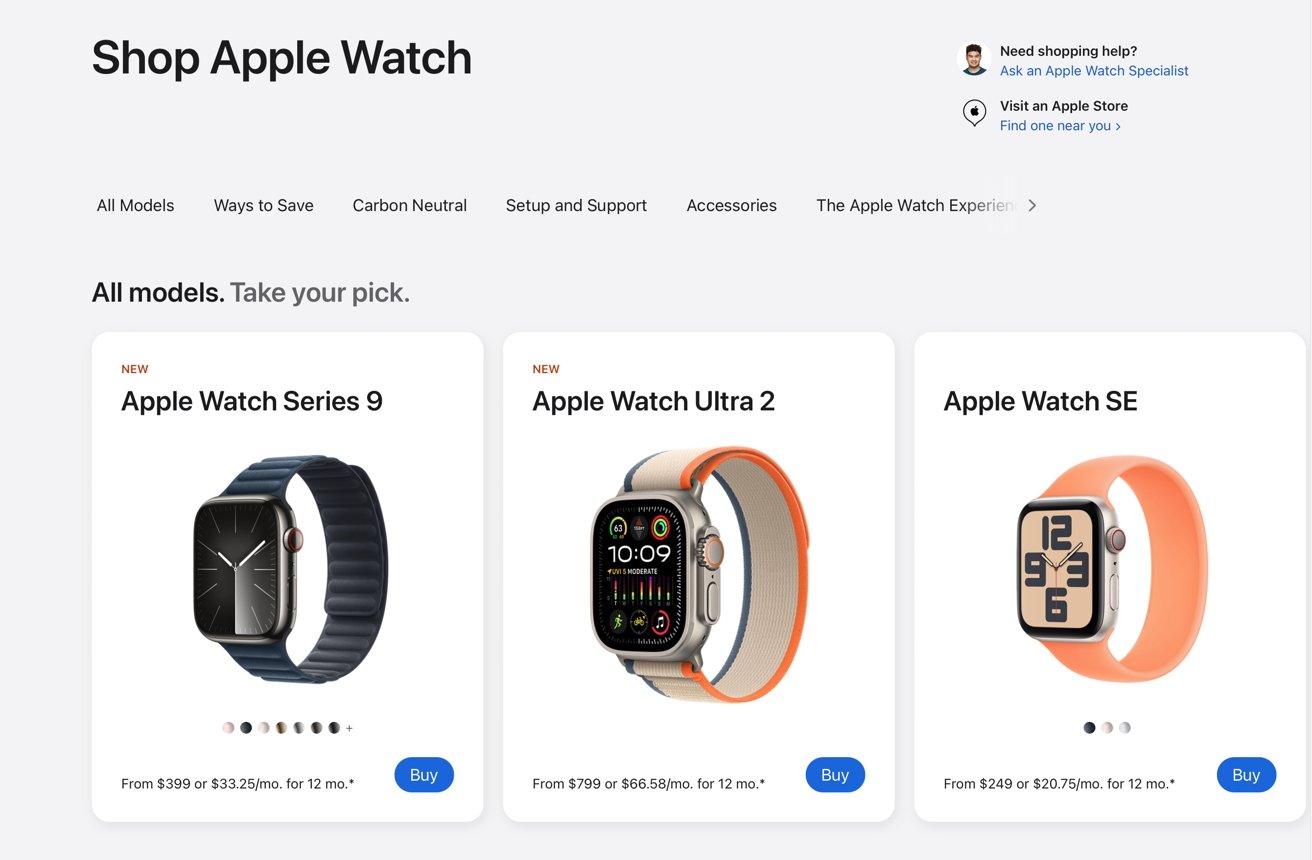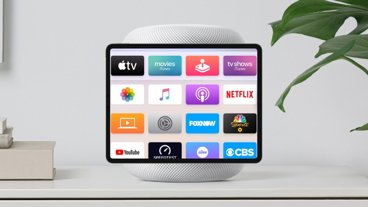Apple managed to put the Apple Watch import ban on hold, which has allowed the company to continue online and in-store sales of Apple Watch Series 9 and Apple Watch Ultra 2.
In-store Apple Watch sales resumed on Wednesday after Apple convinced the Federal Court of Appeals to stay the ITC import ban. Now, a day later, Apple has resumed online sales of the Apple Watch Series 9 and Apple Watch Ultra 2.
The Apple Watch main page still says "currently unavailable." However, if you click "shop Watch," the link takes you to a page where all three models are available.
The "Currently Unavailable" tags on the recent Apple Watch models were unprecedented, as no other patent lawsuit made it as far as Masimo's. The International Trade Commission recommended an import ban on any Apple Watch with a blood oxygen detection, which included Apple's latest models.
A full ban on the Apple Watch Series 9 and Apple Watch Ultra 2 could still occur, but how much that affects Apple depends on when the ban would go into place. It will likely take weeks, if not months, for appeals to conclude.
If a ruling is held off until September 2024, Apple will be able to release new Apple Watch models, presumably with a workaround that would avoid a ban. So, even if the existing models are banned from import, Apple will have removed them from sale anyway to make way for the new models.
The Apple Watch Series 9 is available in an aluminum case starting at $399. Apple Watch Ultra 2 starts at $799.
 Wesley Hilliard
Wesley Hilliard








 Charles Martin
Charles Martin



 Stephen Silver
Stephen Silver
 William Gallagher
William Gallagher

 Marko Zivkovic
Marko Zivkovic









11 Comments
So buy while you can!
I like my series 9, but I never use the oxygen sensor. I think apple could drop the feature and it would not hurt sales. It would just hurt the people who really do need to know their oxygen levels.
But I guess that’s the point— to make those people buy dedicated devices that maximize profits for traditional health care companies.
Reading into this, Apple look underhanded.
Apple hired away a ton of Masimo's staff.
All of a sudden a technology appears in a Apple product that Masimo's appears to have developed.
Four options.
1) apple hired them away and instructed them to copy the technology. Then use Apples huge bank of lawyers and money to squash the smaller company.2) these new hires decided to copy Masimo's technology without Apple's knowledge and pass it off as new.
3) It was developed it independently and it is a coincidence.
4) Masimo's is wrong. My money is on one or two.
It is helpful to remember that using light to detect blood oxygen levels is not one of the contested patents — such a method was developed long before Masimo existed. It is just this particular method of accomplishing that which is in dispute.
It’s also worth mentioning that Masimo doesn’t actually make a product that uses these patents for blood-oxygen detection, so while their patent claims may or may not be proven, they cannot claim that Apple is hurting them financially (this was also established in the original trial).
Just a reminder: law doesn’t always coincide with your personal sense of justice. Even, if all facts were on the table. If not, it’s hard to judge in addition, a legal outcome is very often not “algorithmic” in the sense of being predictable. There are uncertainties, competence and empathy / bias of the people involved , and small things like whether somebody has a good day in court, or not. Meaning: the same case with different people at a different time might have a different outcome. Different country not even considered.
I have a different take on this issue. They are only assumptions however so disagree if you like.
The design of the Apple Watch already incorporated the sensor base design from the beginning and Apple just added the light sensor to the existing cluster.